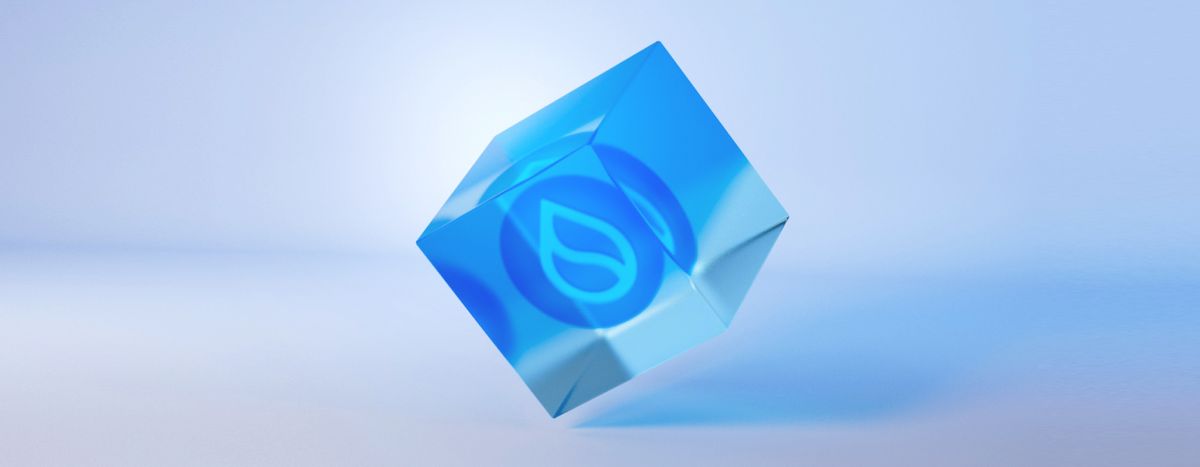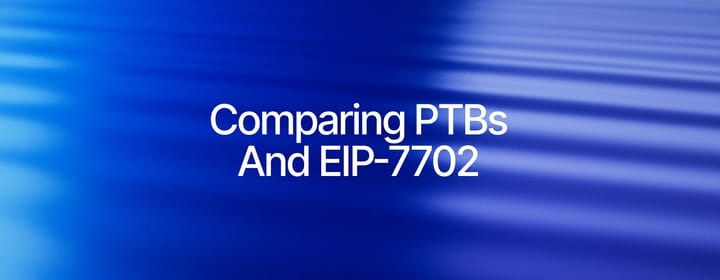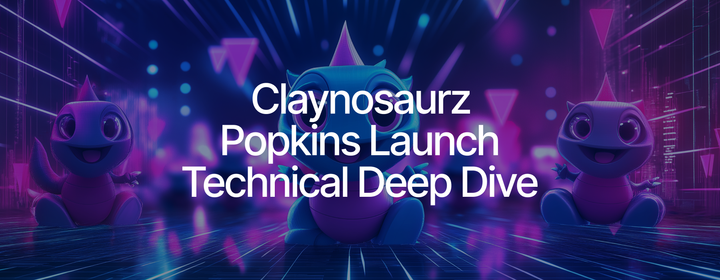All About NFT Standards
Find out how NFTs on Sui offer far more programmability and flexibility than the simple images seen on other blockchains.

Sui's design gives non-fungible tokens (NFTs) unique properties concerning their flexibility, composability, and tradeability. An NFT can be more than a digital record pointing to an image, it can be the image itself. They can be modified and merged with other NFTs, creating extensible artwork. And builders can set up shops with customized revenue models, including royalties.
NFTs brought a dose of creativity to the blockchain world when they were introduced in 2014, and began to flourish with the ERC-721 standard introduced in 2017. These images demonstrate how blockchains can ensure the provenance and ownership of digital assets. They also provide an alternative to trading cryptocurrencies, a different type of valuable asset that can be bought and sold.
While traditional NFTs tend to be more like an ownership record for an image file, Sui NFTs leverage their digital nature, able to maintain the entire asset on the network. In essence, NFTs on Sui are objects, and can be programmed in the same way as any other object. Builders can create NFTs that exhibit characteristics far beyond that of other blockchains, including programmed conditions that alter an NFT's look or ownership.
Display Properties
The Object Display standard on Sui controls how NFTs appear. The standard requires name and description fields, which users see when they view the object. A link field constructs a URL that provides a location where the NFT may be viewed or used within an app. The standard identifies the NFT creator with a project URL field for the creator's web site, and a string field for the creator's name.
The standard's image URL field links to the NFT image file itself, which can be stored on the Sui network or on a separate server. Sui lets the builder decide the best option. Off-chain storage may be a good option for particularly large image files, such as a high-resolution photograph.
Although the Object Display standard defines these fields, it does not limit what a builder wants to include in an NFT. Builders can leverage the various object properties supported on Sui to customize NFTs.
Dynamic Fields
Builders can take their NFTs to the next level on Sui using Dynamic Fields. This type of field can be added after an object has been constructed, creating the potential for NFTs to exhibit unique behaviors. For example, at the Taipei Smart City Summit and Expo last March, one builder demonstrated using an NFT as a redeemable ticket, changing its appearance after it was spent. In this case, a function changed the image field, which originally linked to an unspent format, to a spent format. This example demonstrates how Sui can revolutionize the use of digital tickets.
Banksy famously pushed the limits of physical art with his self-destructing Girl With a Balloon painting. Builders on Sui can similarly push the limits of NFT art, coding functions that destroy, create, and modify based on any number of conditions.
A more common example would be a magic sword in a fantasy role-playing game. With its visual representation, the sword is essentially an NFT. Yet it will have properties in the game that might do more damage, hit more frequently, or even detect a monster waiting around a dungeon corner. Using Dynamic Fields, builders can include in-game crafting or enchanting, letting players improve the sword with new abilities, potentially even changing its look.
The use of Dynamic Fields with NFTs really unlocks builders' creativity on Sui.
Kiosks and Royalties
Sui supports peer-to-peer NFT trading through its Kiosk primitive. This native feature enables zero-fee trading platforms with a high degree of customization over transfer policies. Builders can create policies to enforce royalties, or rely on Sui's own pre-built royalty primitive. Royalties let artists receive continued compensation for their work even as other people trade their NFTs around the world.
The Kiosk primitive's wide array of capabilities and functions give builders many options in designing a marketplace or coding individual NFTs. It of course allows for purchasing and listing NFTs, but also includes the possibility of borrowing or lending an NFT. As with Dynamic Fields, Kiosk greatly heightens the utility of NFTs, letting builders explore ideas impossible on other blockchains.
Royalties, traditionally or on blockchains, reward people for their creative work, giving them an incentive to continue producing novel and unique works. Enforcing royalties for physical works typically involves contracts, lawyers, and, sometimes, complicated court cases. Sui lets creators build royalty policies that are automatically enforced during NFT transfers. For example, a creator could stipulate a 5 percent royalty on any sales of their NFTs. As that NFT grows in value and repeatedly gets bought and sold, the creator reaps their royalty on each transaction. Not only does the royalty incentivize the creator to produce more NFTs, they will want to make very desirable NFTs to increase their value.
Encouraging Creativity
The SuiFrens app, and its Capys progenitor, demonstrate Sui's unique NFT capabilities. On SuiFrens, people mint, trade, and accessorize NFTs represented as various cute animals. The app even lets people mix two SuiFrens to create an entirely new one. These capabilities go far beyond the simple, static images seen on other blockchains, and let builders realize what they could previously only imagine.
Keeping in mind the equivalence between objects and NFTs and Sui, getting started building custom NFTs means learning the basics of coding objects. Check out Sui’s tutorial series on programming objects to get started.



